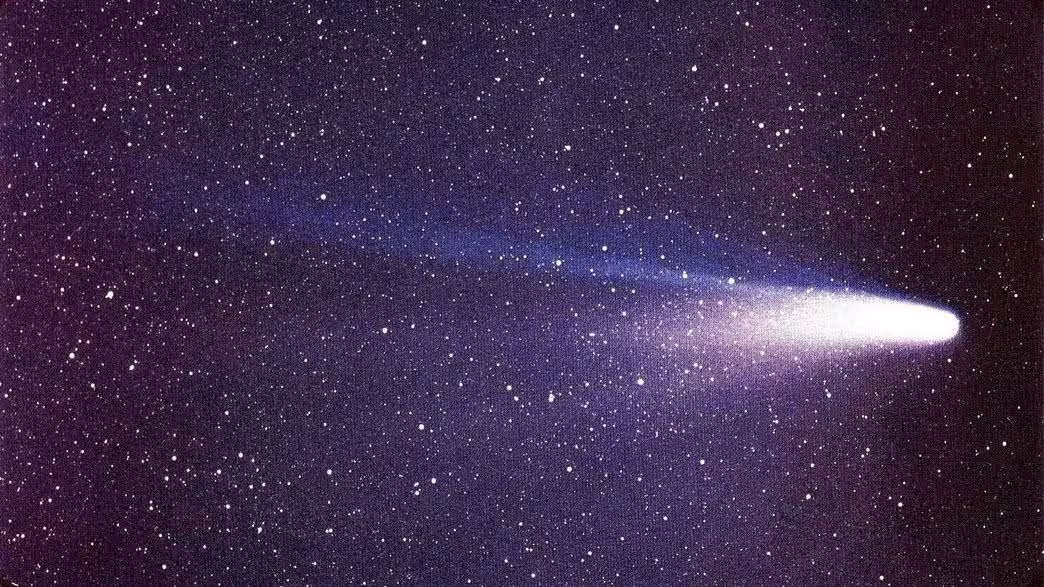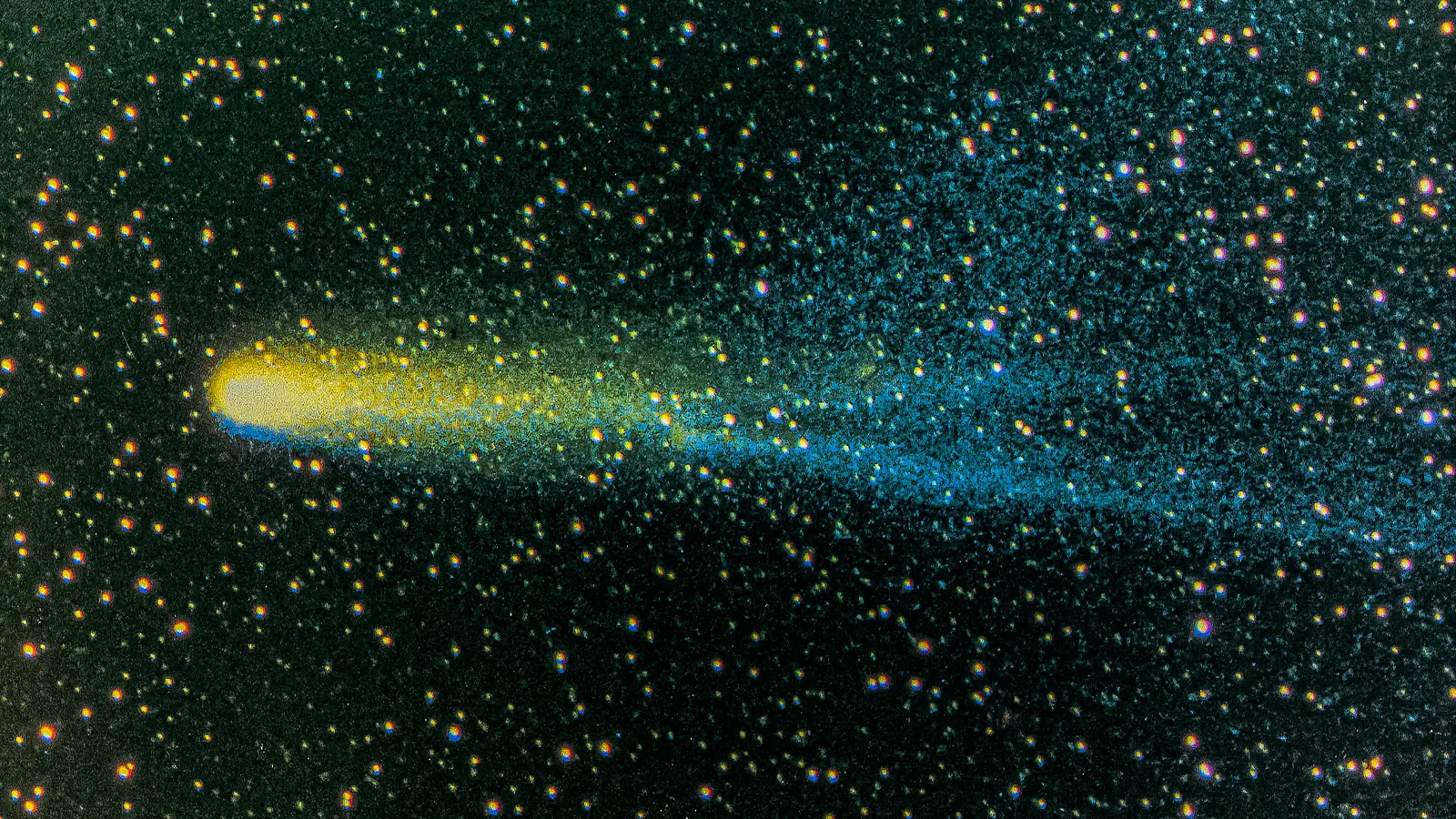3 Minutes
Clear skies and a new Moon set the stage for one of autumn's most rewarding sky shows. On the night of October 21, the Orionid meteor shower reaches its peak and, with virtually no lunar glare, observers can expect a crisp view of fast, bright meteors radiating from Orion.
What are the Orionids and where do they come from?
The Orionid meteor shower appears every year in late October when Earth crosses a stream of dust and rock left behind by Halley’s Comet. Halley follows a 76-year orbit around the Sun, shedding tiny particles along the way. When those particles strike our atmosphere, they heat up and vaporize, creating the luminous streaks we call meteors.
Why these meteors look so bright
Orionids are notable for their intensity. Although they are not the most prolific shower — rates near the peak are typically around 15–20 meteors per hour — many of the meteors are unusually bright. That brightness comes from their high entry speed: roughly 66 kilometers (44 miles) per second. At that velocity, incoming particles compress and heat the air in front of them to white-hot temperatures, producing long, brilliant trails across the sky.

How to watch the Orionids: practical tips
The best observing window is after local midnight on October 21, when the shower's radiant in the constellation Orion climbs higher in the sky. No telescope or binoculars are necessary — in fact, wide-field, unaided vision is ideal. For the best experience:
- Find a dark location well away from streetlights.
- Allow 20–30 minutes for your eyes to adjust to the dark.
- Lie back on a blanket or reclining chair so you can see a broad portion of sky.
- Dress warmly and be patient; meteor rates vary over minutes and hours.
Timing, visibility and a longer window
The peak night (Oct. 21) coincides with a new Moon, which means minimal lunar interference and improved visibility of fainter meteors. If clouds or plans interfere with the peak, don’t worry — the Orionid activity stretches from late October into mid-November, offering multiple chances to catch a show.
How this fits into the meteor calendar
Every year brings several notable showers; for instance, the Quadrantids in January can exceed 100 meteors per hour under ideal conditions. The Orionids stand out less for sheer numbers and more for speed and brilliance, making them a favorite for casual stargazers and photographers alike.
Whether you’re an experienced observer or trying meteor-spotting for the first time, October 21 is a great night to look up. Imagine sudden bright streaks crossing the constellation of Orion — a brief, visible link to a comet that returns to the inner Solar System only every several decades.
Source: sciencealert


Leave a Comment